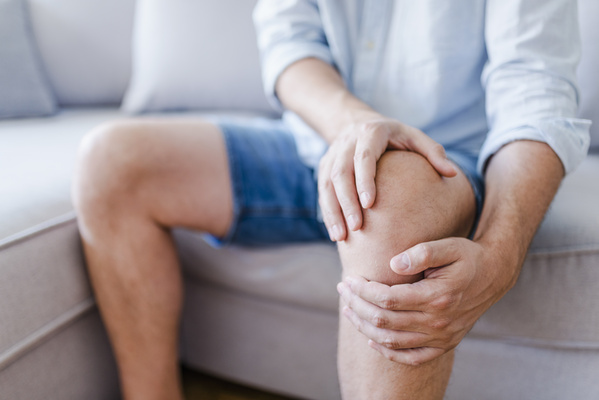
As a doctor of Musculoskeletal Medicine, it is one of my goals in life to get people out of pain! And I love to teach both patients and doctors about what is really going on with the pain in our bodies. With that aim in mind, let’s begin by understanding one source of pain that is not addressed by traditional medicine. This often includes the vague, frustrating diagnosis of fibromyalgia.
To get started we need to know some anatomy
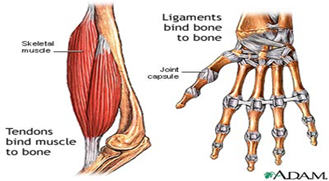
Tendons: Hold muscles to bones,
Ligaments: hold bones to bones
Joints: Space between 2 bones, allowing motion of the bones
The source of the pain around the bones and muscles may be that the tendons are too tight, or the ligaments are too loose or both.
Loose Ligaments and Pain
How do ligaments become too loose? Ligaments are fibers (made up of Elastin and Collagen) which have a certain amount of stretch and a certain amount of tightness. In every joint, the ligaments hold the joint in place allowing it to move the bones in the proper direction. We know abnormal movement in the joint is a very common source of arthritis. So the ligaments keep the joints from moving too much. In the knee joint, for instance, along each side is a ligament preventing the knee from going inward or outward when we walk.
Ligaments become too loose by:
- Aging and Overuse: By far the most common. The ligaments start out as supple fibers and with the drying process (that accompanies aging and overuse) become similar to a frayed rope. As a result, they don’t hold the bones together as well.
- Injury: Think of skiing where every leg is for itself and the lower leg is going sideways on the upper leg. This can stretch the side ligaments and sometimes result in small tears (degeneration) that don’t heal, leaving a person with a chronically unstable joint.
- Genetics: Hypermobility: Some people have a different sort of collagen which results in too much motion in the ligament. This is not uncommon and is extremely underdiagnosed. Interestingly, being able to bend excessively it may be just a fun party trick until there is an injury and then the total body hypermobility announces itself. In this situation, people are unable to strengthen because their bones move out of place (which they are often unaware) and it hurts! When it is very significant it is called Ehlers- Danlos Syndrome.
- Infection/ Certain Drugs: Rarely, an infection or certain drugs can cause weakness in the ligaments and tendons.
Why are Loose Ligaments painful? Because the bones will move too much. Many times, most people don’t even realize what is happening.
Then what happens? The body is amazing! It will compensate by tightening the tendons, in an attempt to keep us straight. Over time, with the tendons constantly contracted, the muscles become weak and painful in the region of the insertion into the bone, because they are always holding tight. So often times we have pain and tight “muscles” in a place that is not the source of the problem, and this can be very confusing.
Tight Tendons and Pain
We have discussed one source of tightness which is chronic contraction to counteract the loose ligaments. The other source of tightness is overloading the muscles. We all know what it feels like to have sore muscles after a heavy work out. This is not what I am referring to. This is, day after day, overusing the muscles so the tendons which hold the muscles begin to take the brunt of the problem and become chronically sore. As a result, the pain will not be in the muscles but at the attachment of the muscles next to the bones.
Wrong approach: Trying to strengthen the muscles. This won’t work because they are already on overload. This can be very frustrating because now the muscles are getting weak.
Worst approach: Treating the tendon with steroids which weakens and degenerates the tendon.
Better approach: Rest the muscles. This actually works, along with gentle strengthening as the tendon relaxes. However, this can take a very long time and as a result, the muscle gets even weaker and so the rehabilitation is very slow.
The Best Approach to Treating Ligaments and Tendons
The only way to strengthen ligaments is through PRP injections or dextrose prolotherapy. By making very precise injections of these safe substances directly into the problem ligaments, we can strengthen them and return the patient to pain-free activity. This treatment promotes the body to heal those specific areas by its own natural process
The best approach to treating tight tendons is also with Prolotherapy or PRP followed by gentle strengthening. This stimulates the body to heal the tendons naturally.
PRP and Dextrose Prolotherapy are injections of natural substances at the origin and insertions of the tendons and at the bony insertions of ligaments.
The normal concentration of sugar in the body is 5%. In dextrose prolotherapy, we use 15 or 25% sugar solution. This causes the tendons and ligaments become inflamed. When they heal, the ligaments and tendons are much stronger.
PRP stands for platelet rich plasma. Many doctors inject this into the joint to help with joint pain. But it also works beautifully to strengthen ligaments and tendons,
getting at the root of the problem. It is about 4-5 times stronger than dextrose prolotherapy. First, we take a certain amount of blood from the patient. We spin this down in the centrifuge. The centrifuge will separate the blood components by weight. The top layer is the plasma, the bottom layer is the cells, and the middle layer is the platelet rich layer. We take only the platelet rich plasma and inject this into the ligaments and tendons. Not only does this strengthen, it also provides numerous growth factors to help heal the supporting structures (tendons and ligaments) much better.
Typically, there is a predictable pattern of painful places in the body due to either laxity of the ligaments or tightness of the tendons. As a result, we inject multiple places. We can numb the skin with lidocaine and some people take a very mild narcotic before the procedure. The injections stimulate the body to heal itself.
The healing process takes 4 to 6 weeks. It may take multiple treatments. We begin with one treatment and see how the patient responds. As a rule of thumb, the number of series of injections depends on the severity of the pain, the age of the patient, and the length the person has had the pain.
Once the ligaments are strong and the tendons have stopped tightening so much, we teach our patients simple exercises to start strengthening their core. Once that process begins, we recommend a follow-up with a physical therapist or other health practitioner who can provide continuing guidance on strengthening exercises.
PRP and Dextrose Prolotherapy work. The relief is usually longstanding. Sometimes, a patient will need to come back after a year, or a few years, for another treatment. If they have been too active before regaining their full strength, they may need another round. At that time, they usually require fewer series of injections.
Unfortunately, this technique and approach to treating pain is not yet well known and there are very few doctors who are confident about injecting with such precision with PRP and Dextrose. As more and more data has become available in the literature, more people are becoming more of these treatments and obtaining relief. Slowly we are training more and more doctors to do this technique and at some point we hope it will be covered by insurance.
Do you or someone you know have mysterious pain, or “fibromyalgia”? This is frequently treatable with PRP or Dextrose Prolotherapy in the right hands. Stay tuned. In my upcoming blogs, we will address these pain syndromes in more detail, and the sane, effective path to healing.
Gloria Tucker, MD 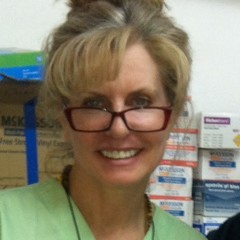 is a Diplomate American College of Sports Medicine and a Founding Member of International Association of Regenerative Therapists. Her practice is located in Novato, California. Her website is http://www.gloriatuckermd.com/
is a Diplomate American College of Sports Medicine and a Founding Member of International Association of Regenerative Therapists. Her practice is located in Novato, California. Her website is http://www.gloriatuckermd.com/
See Dr. Tucker's provider profile here.
Find Alternative Pain Treatment Providers in Your Area

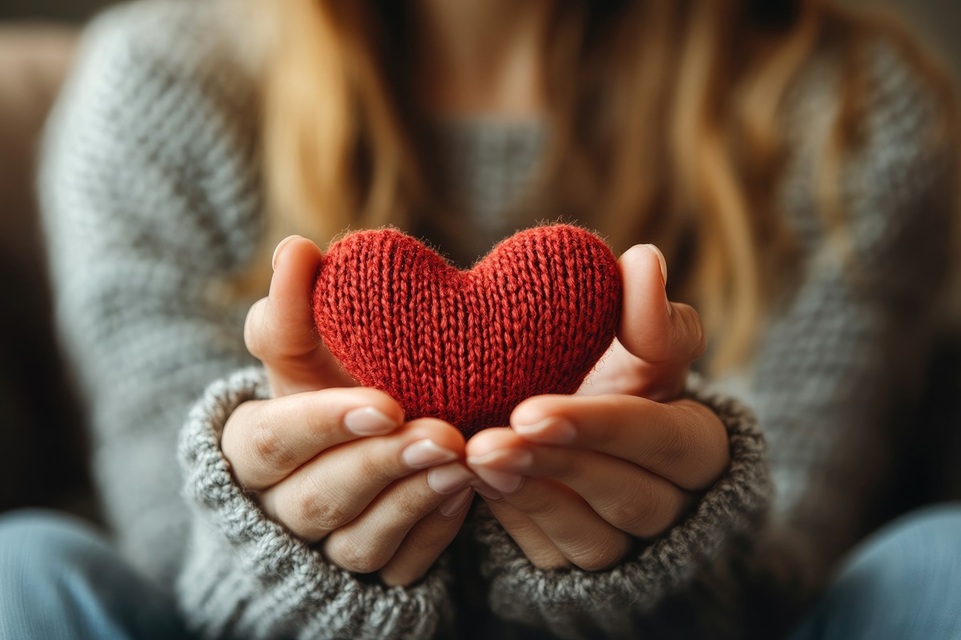
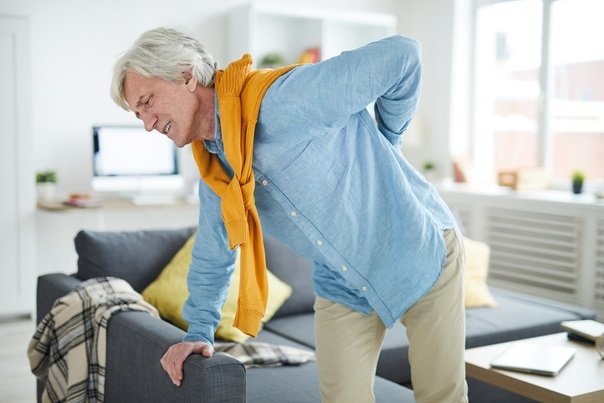
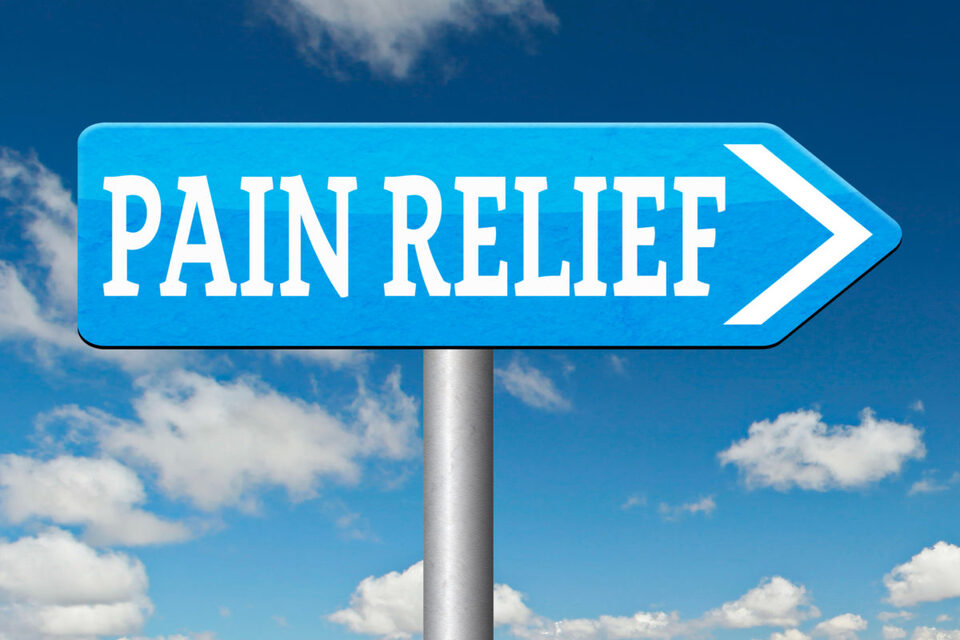
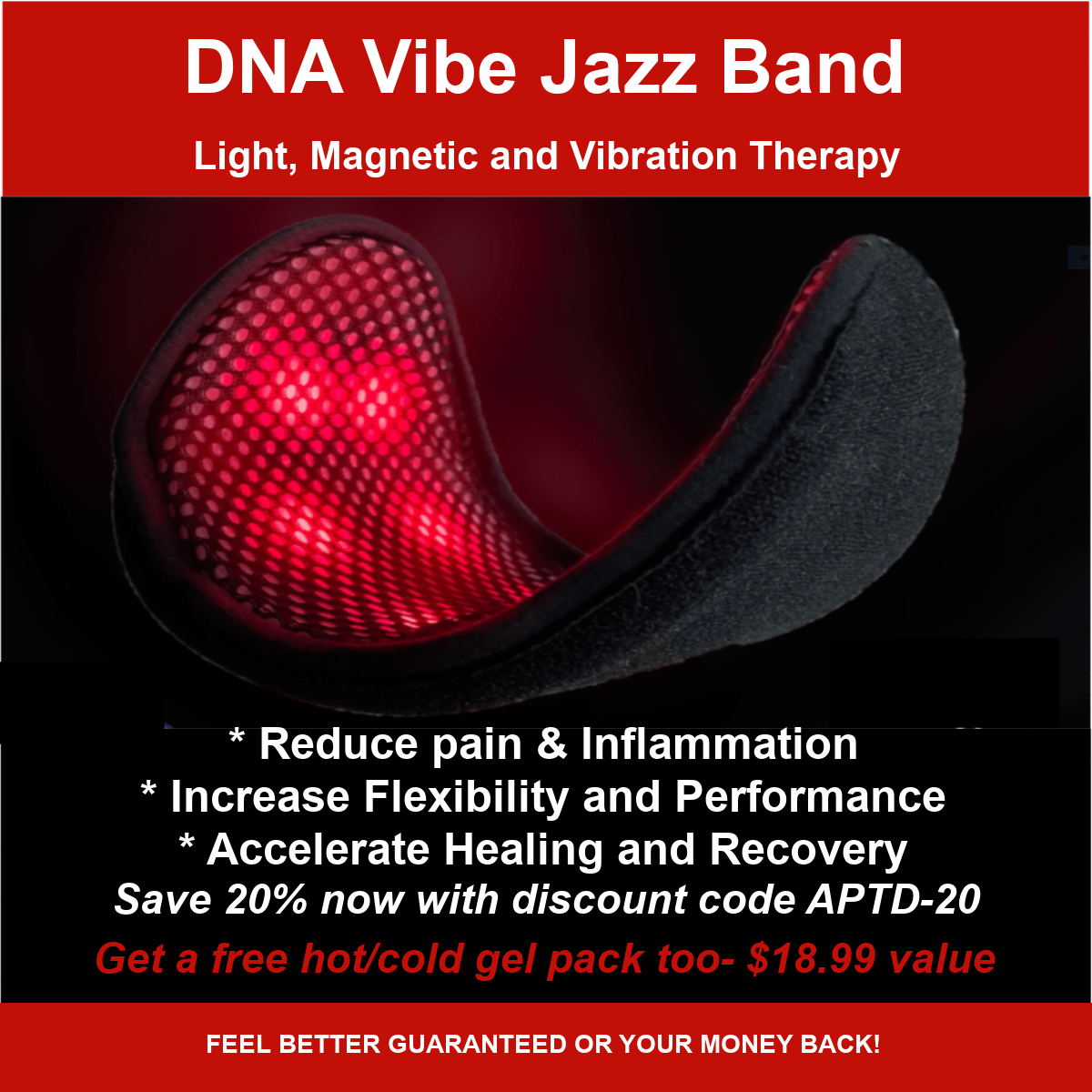
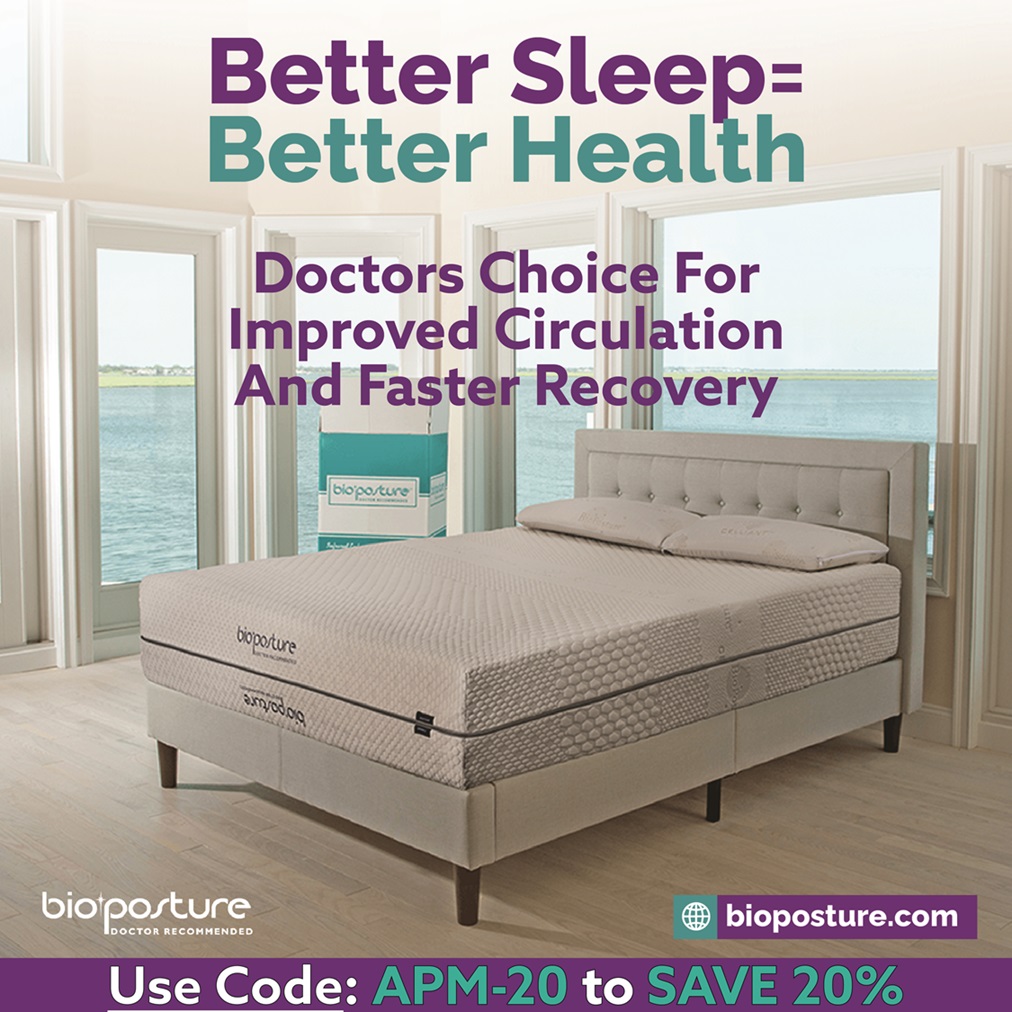
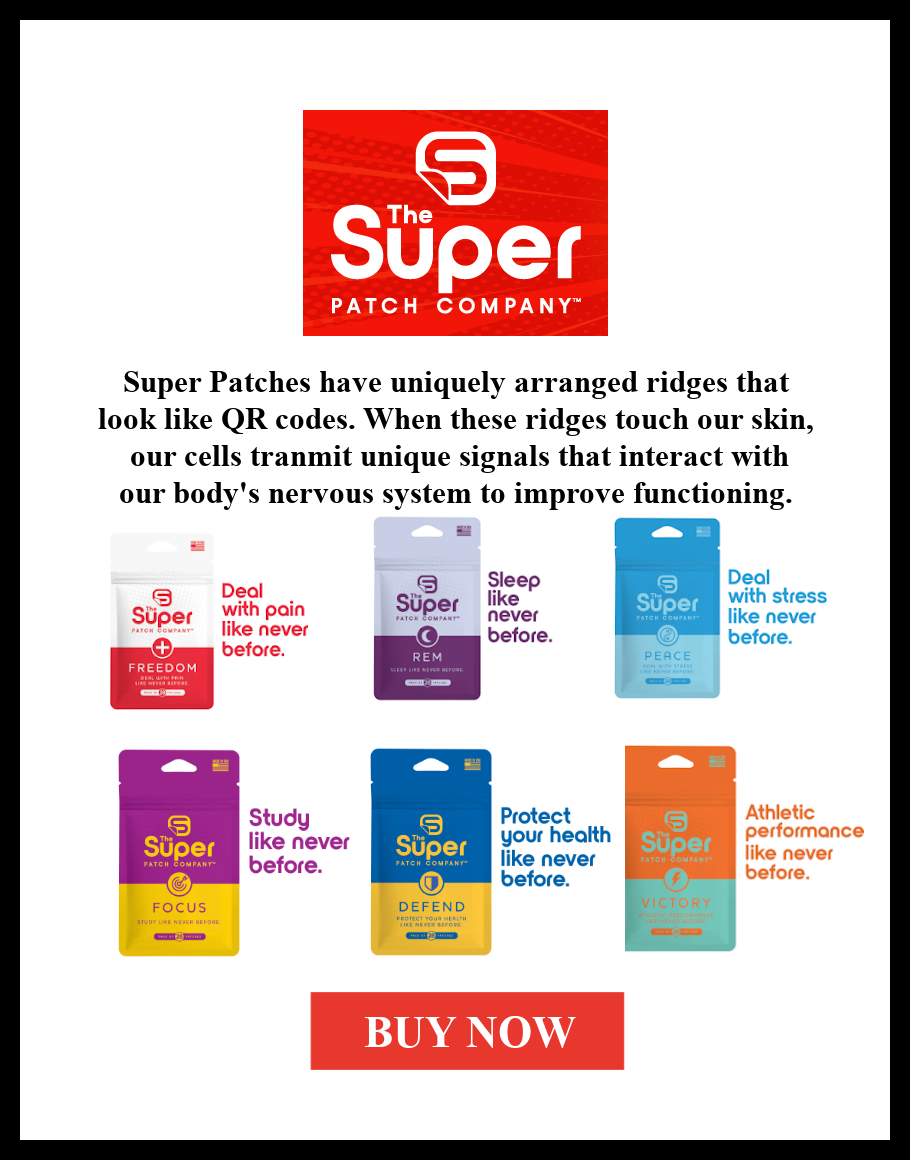
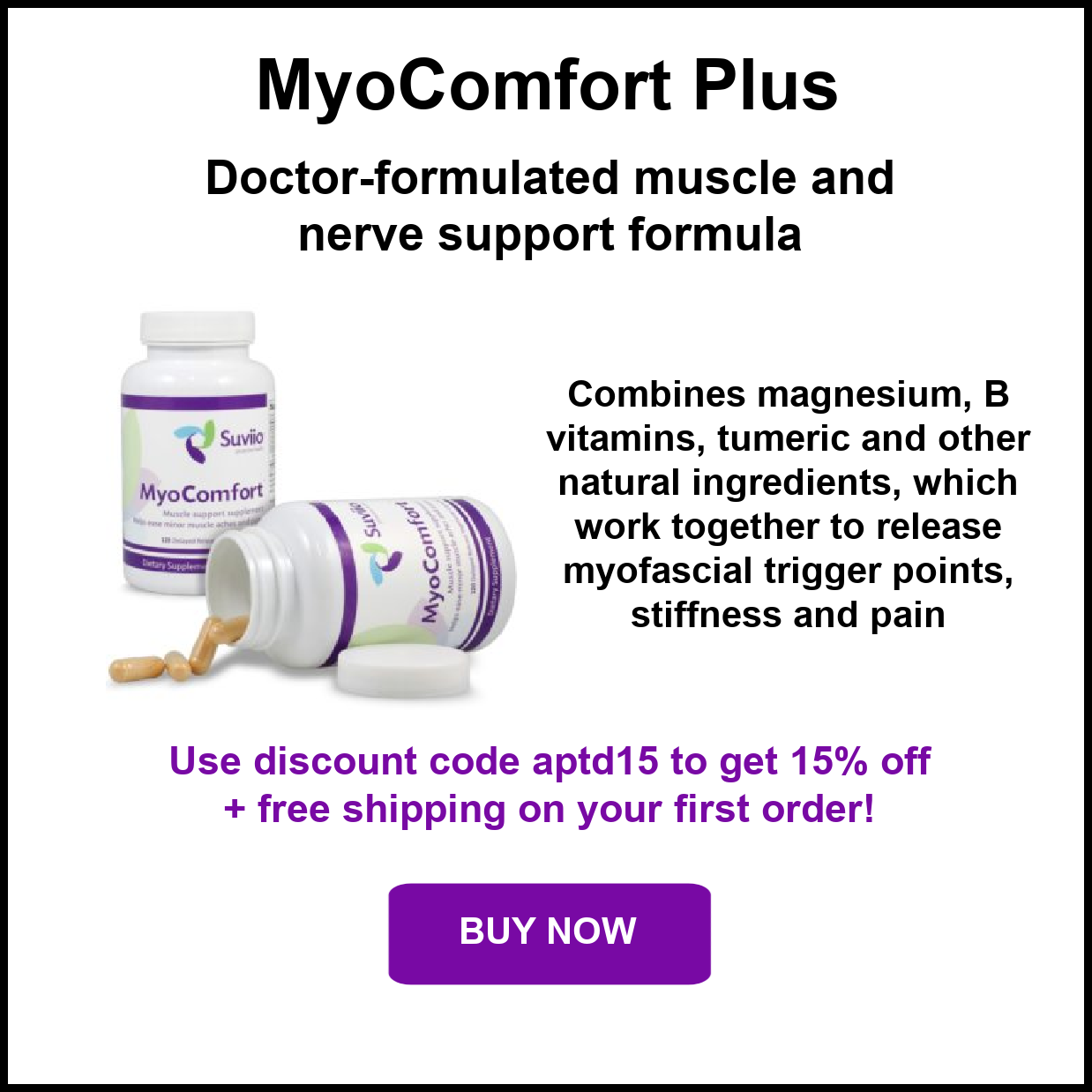
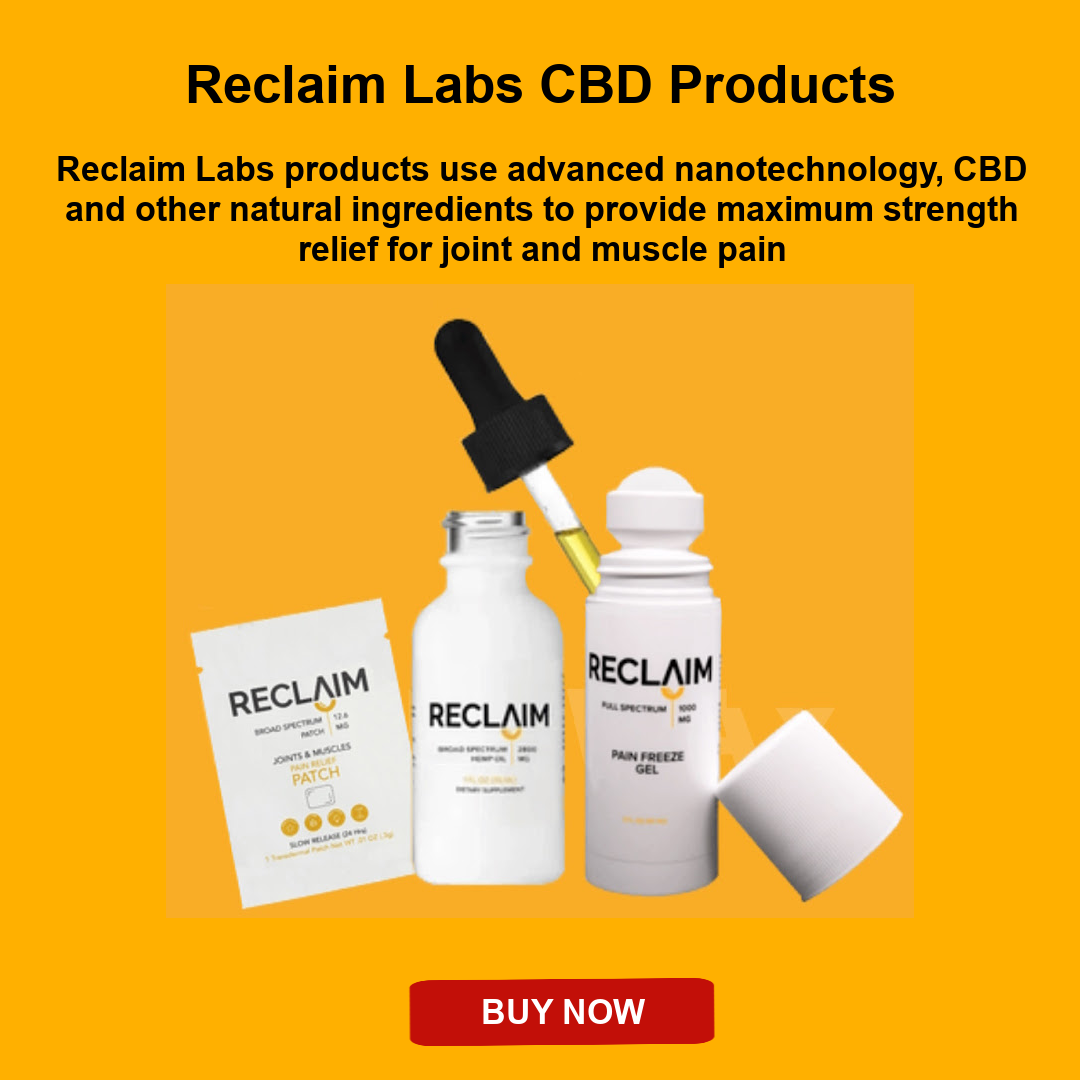


Comments